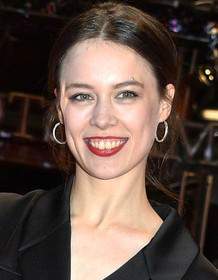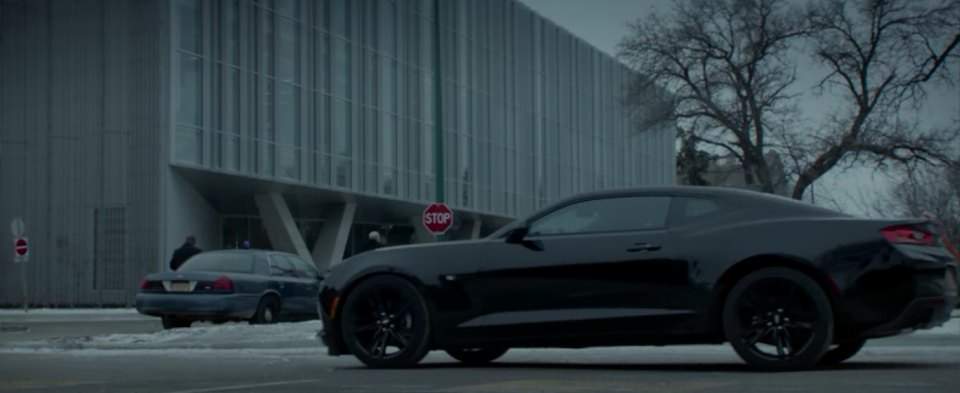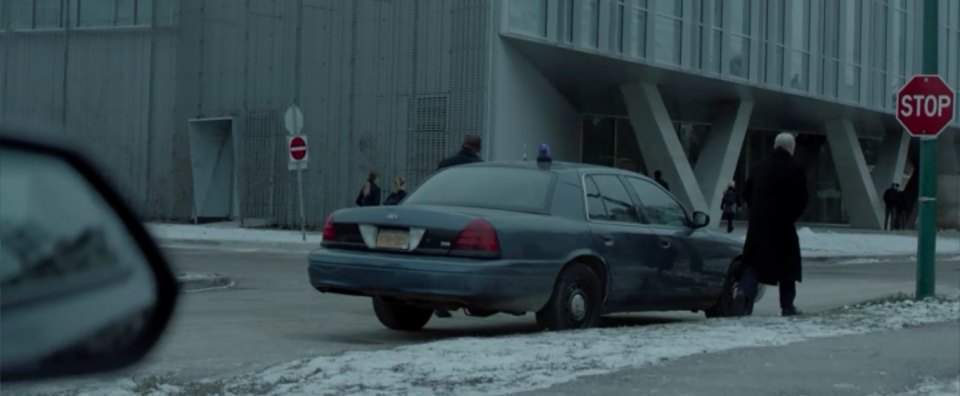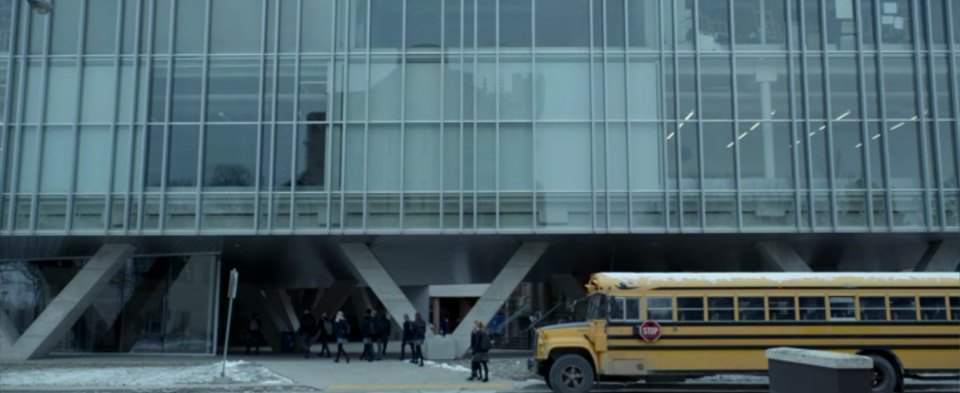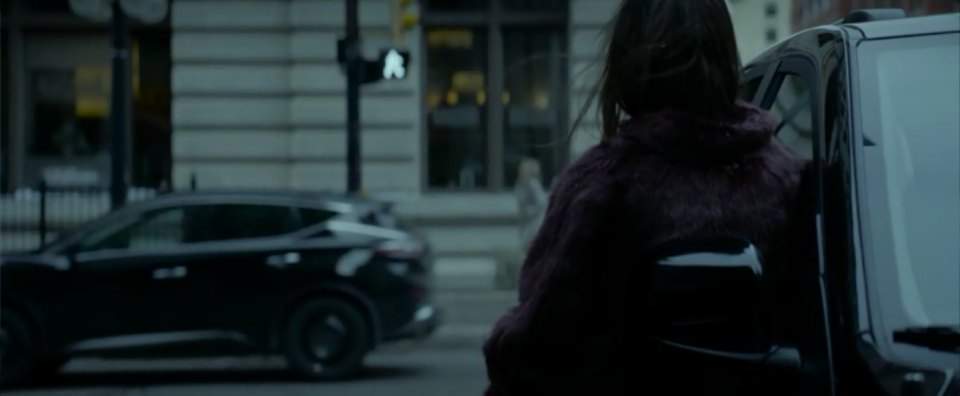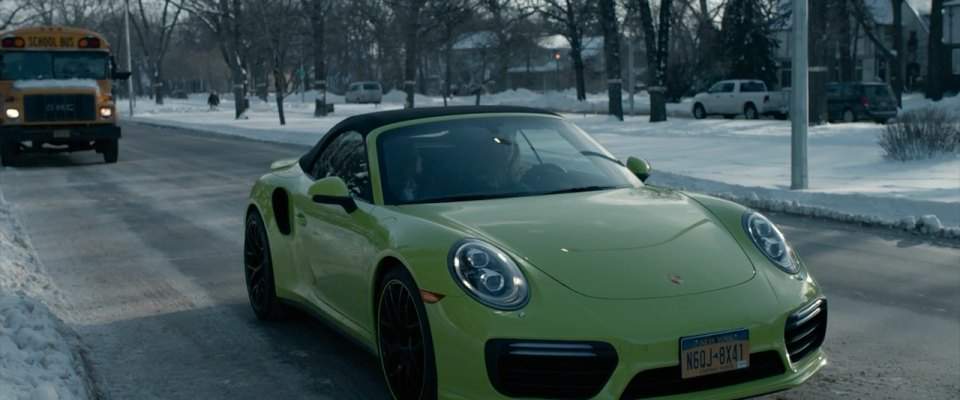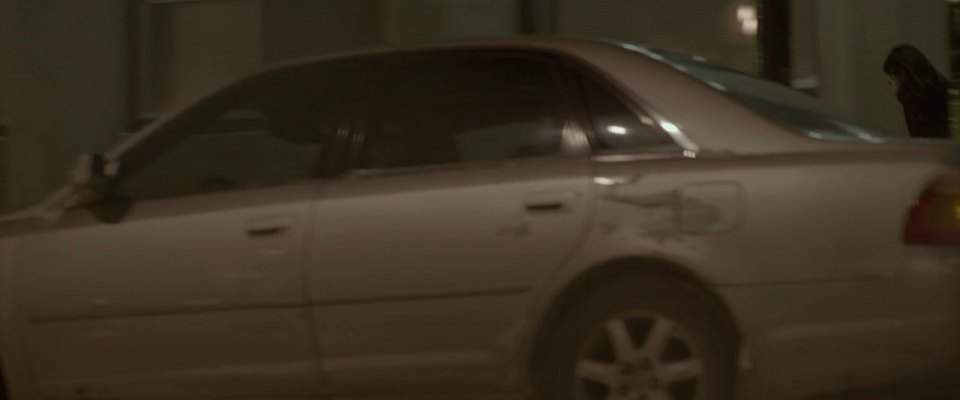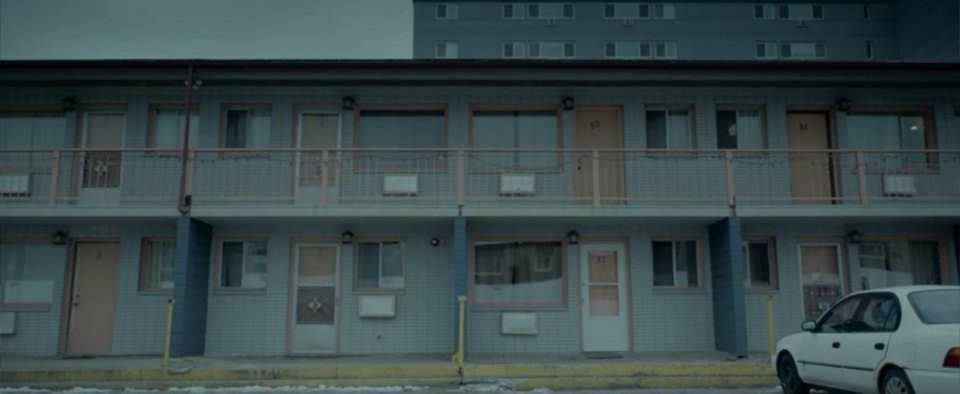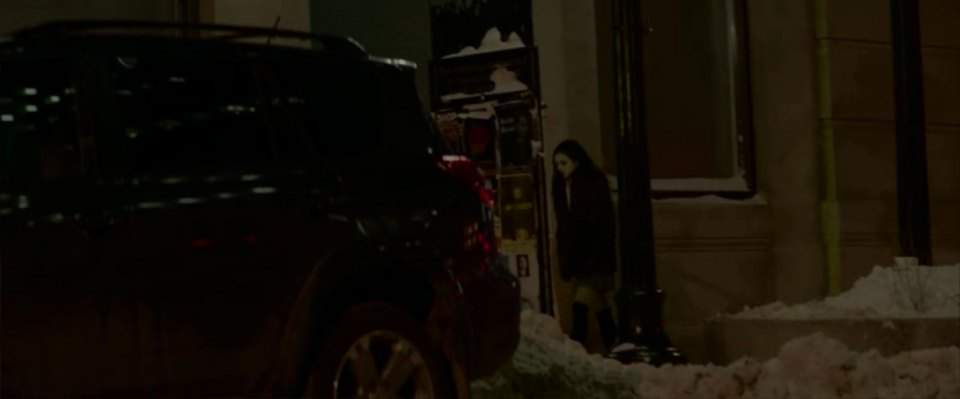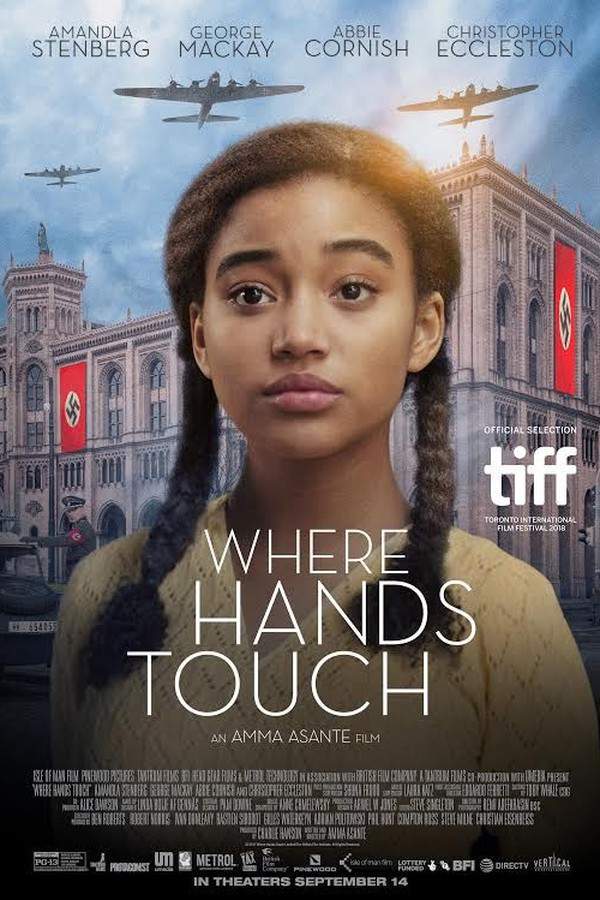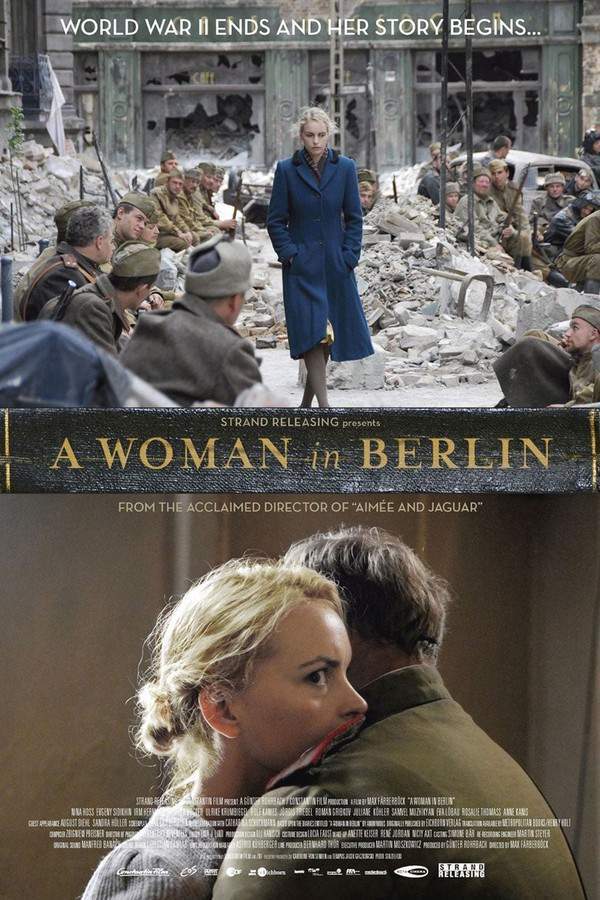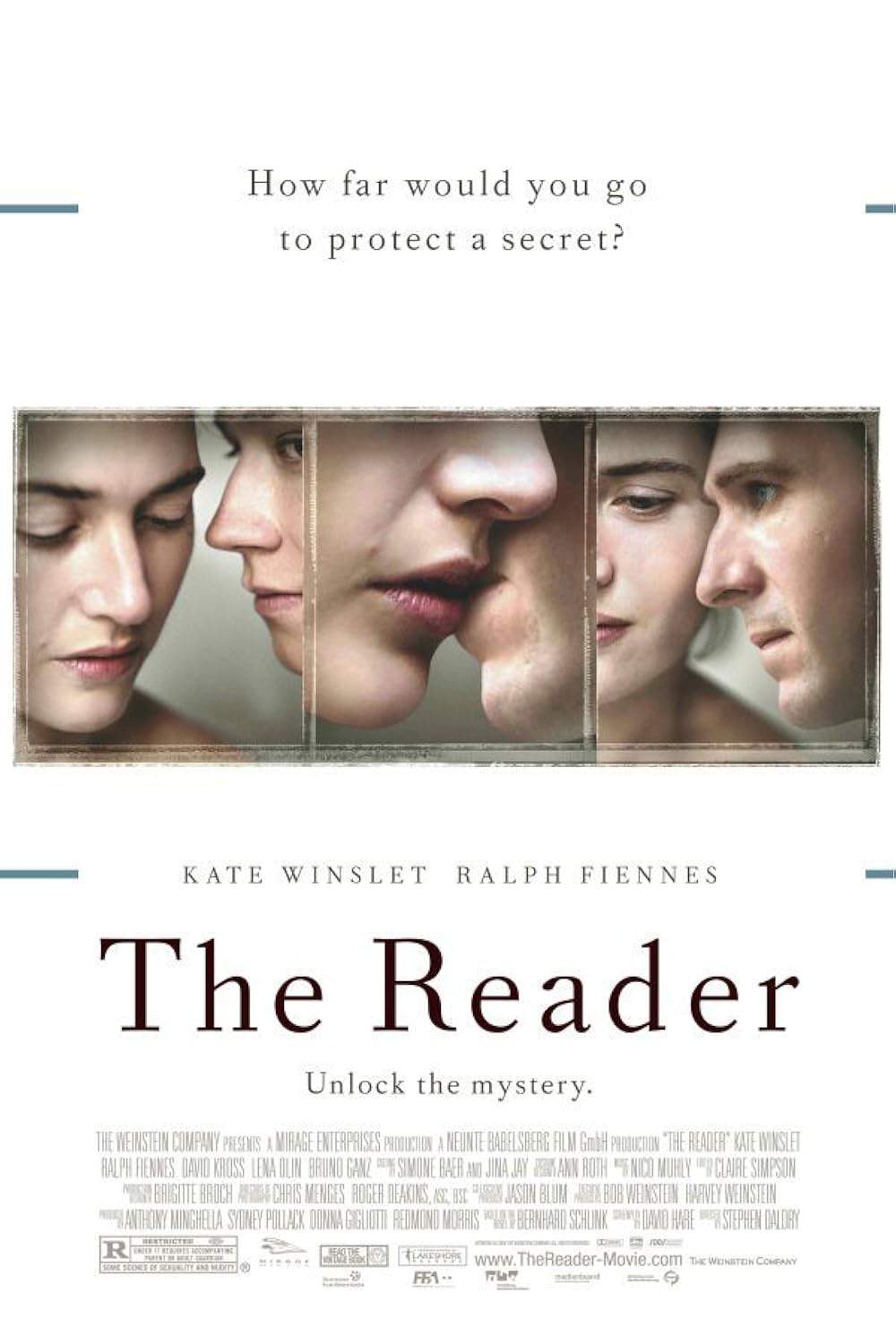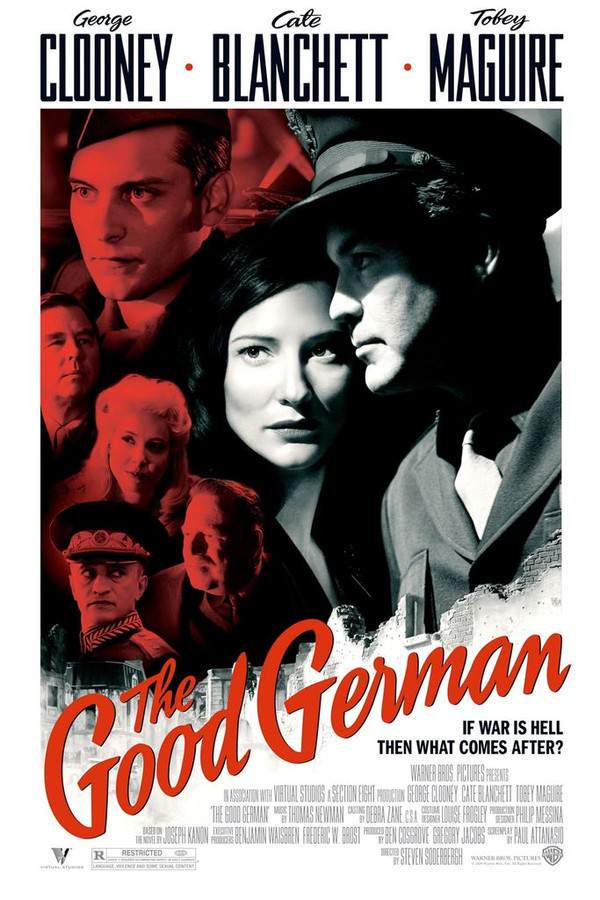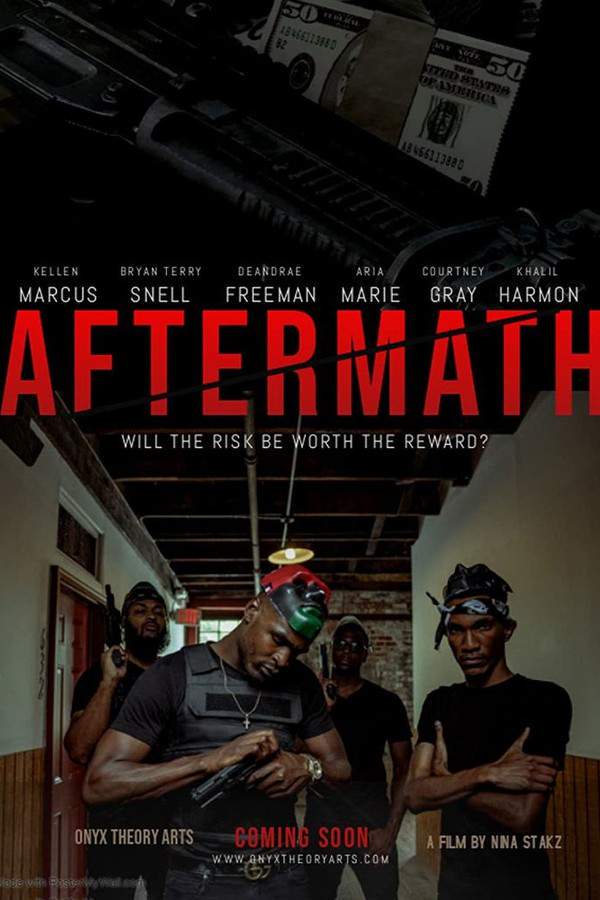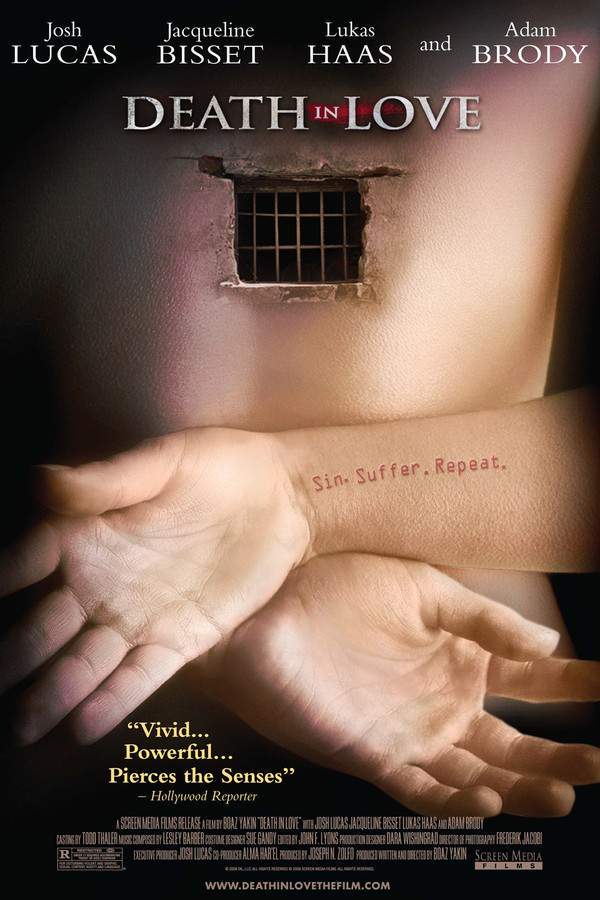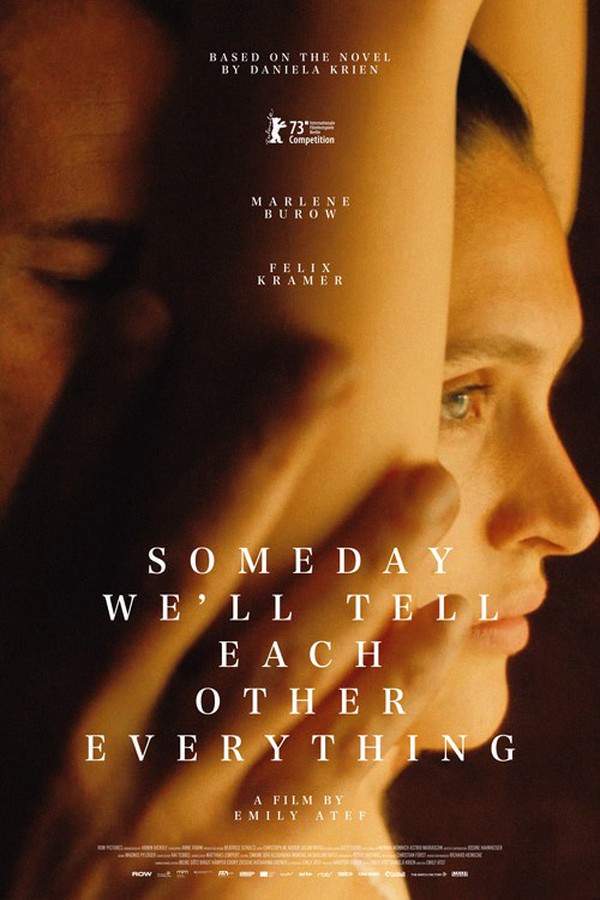Never Look Away 2019
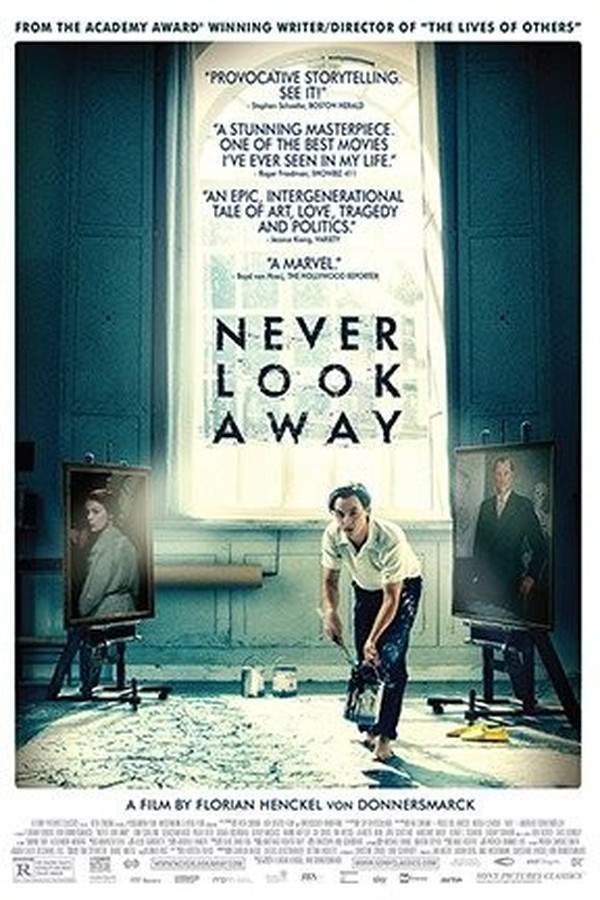
A young artist, Kurt Barnert, confronts the lingering effects of Germany's Nazi and GDR pasts. Seeking refuge in art and love, he creates emotionally charged paintings that capture the pain of his generation. As Kurt develops a relationship with student Ellie, his artwork becomes a powerful reflection of the complexities of German history and a testament to the enduring strength of the human spirit.
Does Never Look Away have end credit scenes?
No!
Never Look Away does not have end credit scenes. You can leave when the credits roll.
Meet the Full Cast and Actors of Never Look Away
Explore the complete cast of Never Look Away, including both lead and supporting actors. Learn who plays each character, discover their past roles and achievements, and find out what makes this ensemble cast stand out in the world of film and television.
External Links and Streaming Options
Discover where to watch Never Look Away online, including streaming platforms, rental options, and official sources. Compare reviews, ratings, and in-depth movie information across sites like IMDb, TMDb, Rotten Tomatoes or Metacritic.
Ratings and Reviews for Never Look Away
See how Never Look Away is rated across major platforms like IMDb, Metacritic, and TMDb. Compare audience scores and critic reviews to understand where Never Look Away stands among top-rated movies in its genre.

The Movie Echo Score
In overall terms, Never Look Away delivers a visually compelling but unevenly paced biographical drama. The direction and cinematography earn consistent acclaim for their measured compositions and rich framing, while the narrative ambition elicits both admiration for its scope and criticism for indulgent runtime. Character portrayals are generally competent yet occasionally lack emotional resonance, and the thematic exploration of art captivates intermittently. The film’s strengths in craft and sensory impact outweigh its narrative sluggishness, resulting in a moderately positive but imperfect impression.
The Movie Echo Score Breakdown for Never Look Away

Art & Craft
In terms of art and craft, the film excels with assured direction and polished visual composition. Observers highlight Deschanel’s unfussy approach and Caleb Deschanel’s cinematography for their elegant framing and atmospheric depth. Production design and editing consistently reinforce the period setting without drawing overt attention. Overall, the film’s visual execution stands out as a key asset.

Character & Emotion
When it comes to character and emotion, performances are generally competent but sometimes fail to generate consistent resonance. Critics and viewers note effective depiction of artistic ambition and interpersonal dynamics, yet Tom Schilling’s central portrayal is occasionally perceived as uncertain, and romantic chemistry lacks rawness. These fluctuations lead to uneven emotional connection throughout the narrative.

Story & Flow
In terms of story and flow, the narrative is ambitious in scope but suffers from extended pacing. The film’s exploration of artistic evolution and historical context receives praise for thematic depth, yet its three-hour plus runtime and a diffuse conclusion invite criticism for indulgence and a lack of clear closure. Consequently, narrative momentum feels intermittent.

Sensory Experience
When evaluating sensory experience, the film offers a compelling audiovisual landscape. Reviewers highlight mesmerizing cinematography and a balanced score that augment atmospheric immersion. Sound design and visual style cohere to evoke period authenticity without overwhelming narrative clarity. Overall, the film’s sensory dimensions significantly enhance its immersive qualities.

Rewatch Factor
As for rewatch factor, the film’s immersive visuals and thematic richness encourage repeat viewings among art enthusiasts. However, the extensive runtime and uneven pacing may deter audiences from revisiting the experience frequently. While certain sequences retain strong appeal, the overall length and narrative density limit its consistent replay value.

68
Metascore
7.9
User Score


77%
TOMATOMETER

87%
User Score

7.7 /10
IMDb Rating

78
%
User Score

3.9
From 957 fan ratings
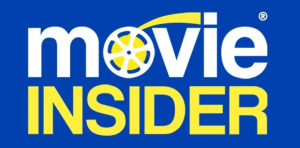
3.00/5
From 2 fan ratings
Take the Ultimate Never Look Away Movie Quiz
Challenge your knowledge of Never Look Away with this fun and interactive movie quiz. Test yourself on key plot points, iconic characters, hidden details, and memorable moments to see how well you really know the film.
Never Look Away Quiz: Test your knowledge on the intricate narrative and characters of the film 'Never Look Away'.
What inspires Kurt Barnert during his childhood visit to the 'Degenerate Art' exhibit?
The painting of a landscape
The sculpture Girl with Blue Hair
A mural of Nazi propaganda
A photograph of a famous artist
Show hint
Awards & Nominations for Never Look Away
Discover all the awards and nominations received by Never Look Away, from Oscars to film festival honors. Learn how Never Look Away and its cast and crew have been recognized by critics and the industry alike.
91st Academy Awards 2019
Cinematography
Foreign Language Film
76th Golden Globe Awards 2019
Best Foreign Language Film
Full Plot Summary and Ending Explained for Never Look Away
Read the complete plot summary of Never Look Away, including all major events, twists, and the full ending explained in detail. Explore key characters, themes, hidden meanings, and everything you need to understand the story from beginning to end.
As Kurt Barnert, portrayed by Tom Schilling, embarks on a journey through the “Degenerate Art” exhibit in Dresden alongside his captivating aunt, Elisabeth, he becomes deeply fascinated by the avant-garde sculpture Girl with Blue Hair by Eugen Hoffmann. This pivotal moment occurs during the tumultuous days of Nazi Germany, setting the stage for a life-altering adventure.
Elisabeth, a fervent supporter of the National Socialist Women’s League and a devoted admirer of Adolf Hitler— whom she has the unique honor of presenting a bouquet to at a Nazi rally—exemplifies the ideal German Hausfrau. Yet, her seemingly perfect exterior hides a complex personality enriched by the love of art, music, and the little things that bring joy. Kurt’s discovery of her private concert, where she exuberantly plays Bach’s piano compositions in the nude, reveals the depth of her character through her laughter and wild behavior.
Tragically, Elisabeth battles with mental illness, leading to a heartbreaking diagnosis of schizophrenia. This ultimately results in forced sterilization and her untimely murder under the ruthless Nazi regime’s euthanasia program. Behind this horror is Professor Carl Seeband, a high-ranking member of the SS medical corps and a gynecologist, whose actions would later catch up with him as he faces Soviet imprisonment.
As World War II draws to a close, Seeband finds himself facing execution but takes an unexpected turn by volunteering his medical services to assist a Red Army officer’s wife during a perilous childbirth. His selfless actions save both mother and child, which leads to his release from custody and allows him to escape his past—thanks to the goodwill of the Soviet officer who obscures evidence of his affiliation with the Nazis.
While Kurt is exploring his burgeoning artistic aspirations at the Dresden Academy of Fine Arts, he encounters Ellie, a talented fashion design student who bears a striking resemblance to his aunt. The two share an unacknowledged familial bond, mirrored by the unspoken tensions in their relationship. As Kurt hones his painting skills, he is compelled to create works that align with the rigid expectations of socialist realism, a philosophy that clashes with his artistic integrity.
In the shadows, Ellie’s father, Professor Seeband, fabricates lies and undermines their growing connection out of his insecurities regarding Kurt as a suitable partner for his daughter. His manipulative tactics hit a new low when he orchestrates an abortion under false pretenses, trying to sever the bond between Kurt and Ellie. However, their love endures, culminating in a marriage that defies Seeband’s oppressive influence.
As tensions rise, Seeband escapes from East Germany to West Germany, fearful of repercussions after the reassigning of the Russian officer who had shielded him. Kurt and Ellie eventually follow, aiming for a new beginning in the West.
Upon settling into West Germany, Kurt confronts the stark realities of defining his creative identity at the prestigious Düsseldorf Art Academy. There, he finds himself among artists who prioritize innovation and experimentation. His mentor, Professor Antonius van Verten, acknowledges the richness of Kurt’s experiences but observes his struggle to identify his unique voice amid the pressure of the academy’s evolving standards, having previously been trained in traditional figurative painting, regarded as “outdated” by contemporary benchmarks.
Amidst his struggle, Kurt forges a special friendship with Harry Preusser, a fellow student known for his innovative technique of creating large-scale artworks by hammering nails into boards. This unexpected camaraderie becomes a significant source of inspiration for Kurt, as he seeks to carve out his own path in the midst of East Germany’s cultural and political upheaval.
As Kurt’s artistic vision evolves marked by creativity and vigor, a serendipitous encounter sets off a spark of ingenuity. Discovering a newspaper article about a captured Nazi doctor, a superior to Seeband, ignites Kurt’s imagination and pushes him to blur the lines between reality and art. He embarks on an inventive project, using his skills to transpose black-and-white photographs onto canvases, enriched by an elusive sfumato effect. His artistic repertoire draws from Seeband’s passport photos and personal memories with Aunt Elisabeth, unfolding an emotional bouquet directly from Kurt’s family history. When Seeband inadvertently crosses paths with a piece portraying his likeness alongside the captured doctor and a tender moment shared with Elisabeth, a shroud of tension envelops the studio as he abruptly departs, leaving Kurt unaware of their familial ties and the complex motivations swirling beneath.
After years of emotional desolation exacerbated by Ellie’s previous abortion, the revelation of new life emerges as she shares joyous news with Kurt. Ecstatic, he captures her nude form on canvas, celebrating love and life’s cyclical progression. Eventually, his art garners acclaim in its inaugural exhibition, although critics fail to grasp its profound meaning. Within the accolades, Kurt finally recognizes his artistic enlightenment and sense of belonging, relishing in the warmth of creative success.
Uncover the Details: Timeline, Characters, Themes, and Beyond!

Coming soon on iOS and Android
The Plot Explained Mobile App
From blockbusters to hidden gems — dive into movie stories anytime, anywhere. Save your favorites, discover plots faster, and never miss a twist again.
Sign up to be the first to know when we launch. Your email stays private — always.
Watch Trailers, Clips & Behind-the-Scenes for Never Look Away
Watch official trailers, exclusive clips, cast interviews, and behind-the-scenes footage from Never Look Away. Dive deeper into the making of the film, its standout moments, and key production insights.
Cars Featured in Never Look Away
Explore all cars featured in Never Look Away, including their makes, models, scenes they appear in, and their significance to the plot. A must-read for car enthusiasts and movie buffs alike.
Never Look Away Themes and Keywords
Discover the central themes, ideas, and keywords that define the movie’s story, tone, and message. Analyze the film’s deeper meanings, genre influences, and recurring concepts.
Never Look Away Other Names and Titles
Explore the various alternative titles, translations, and other names used for Never Look Away across different regions and languages. Understand how the film is marketed and recognized worldwide.
Similar Movies To Never Look Away You Should Know About
Browse a curated list of movies similar in genre, tone, characters, or story structure. Discover new titles like the one you're watching, perfect for fans of related plots, vibes, or cinematic styles.
Quick Links: Summary, Cast, Ratings, More

What's After the Movie?
Not sure whether to stay after the credits? Find out!
Explore Our Movie Platform
New Movie Releases (2025)
Famous Movie Actors
Top Film Production Studios
Movie Plot Summaries & Endings
Major Movie Awards & Winners
Best Concert Films & Music Documentaries
Movie Collections and Curated Lists
© 2025 What's After the Movie. All rights reserved.






